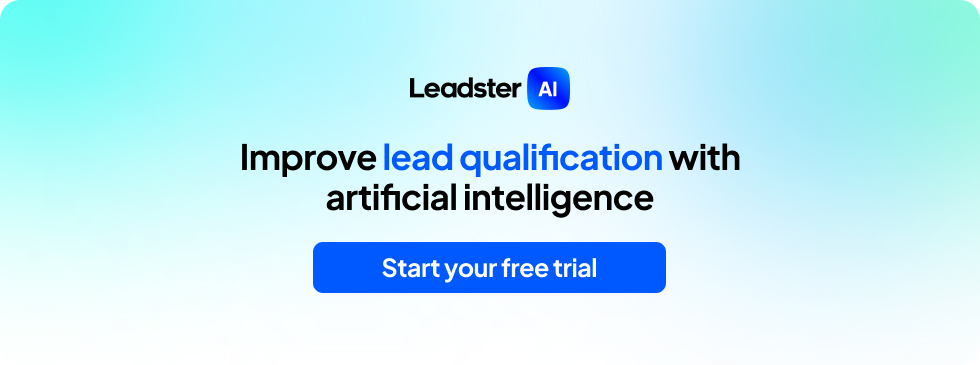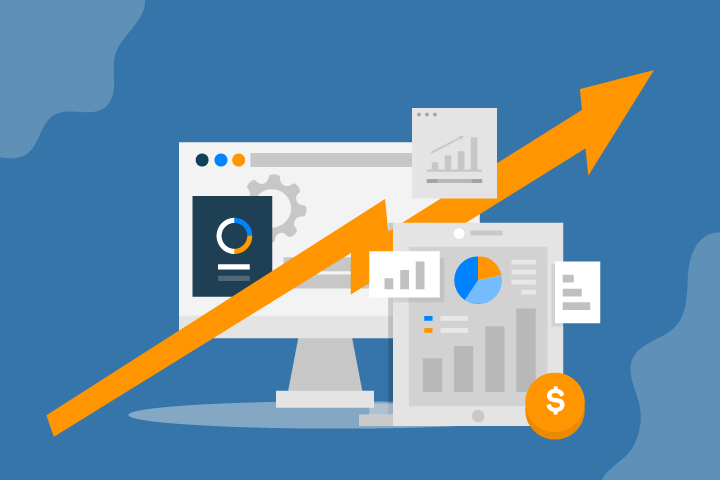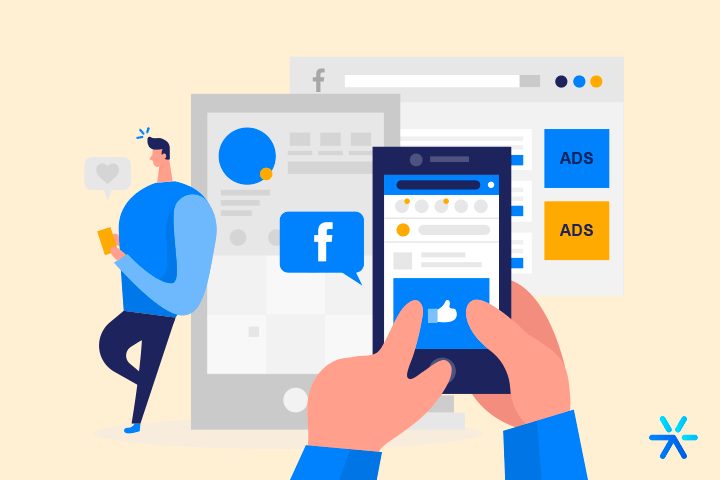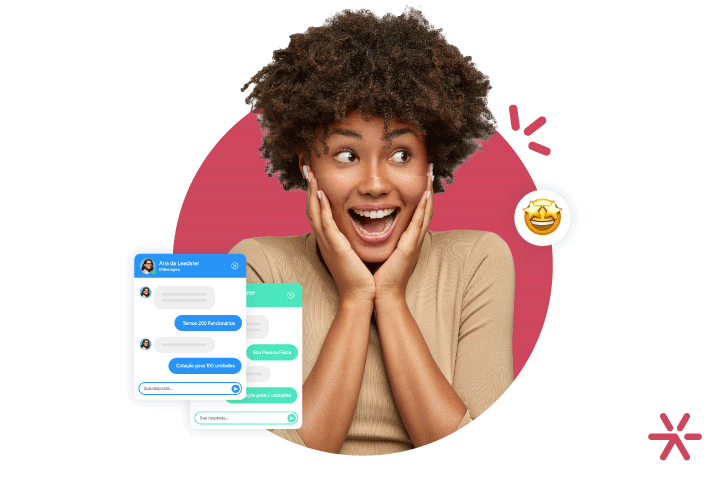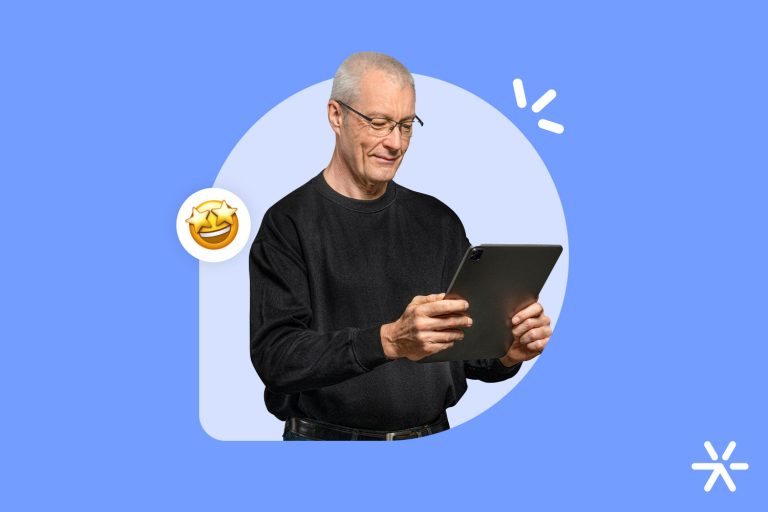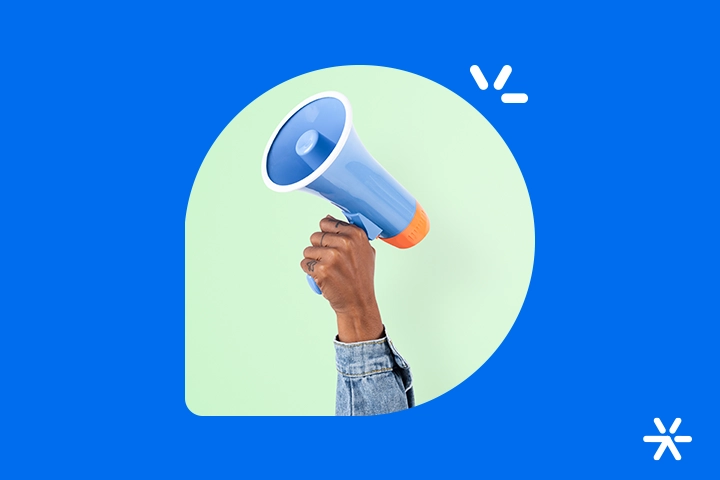13 Mental Triggers for Sales That Still Work in 2025
The main goal of any company is to sell what it produces.
However, to achieve this goal, several steps must be taken before the long-awaited “yes” appears—and to reach this answer, some neuromarketing tools can help, such as mental triggers for sales.
A widely used tactic to create shortcuts during a customer’s decision-making process, a mental trigger must be carefully planned before being put into practice, considering that today’s consumers are more aware and can tell when something doesn’t seem natural.
With that in mind, we’ve selected nine mental triggers that still work very well to boost your sales.
Keep reading to check them out!
What Are Mental Triggers?
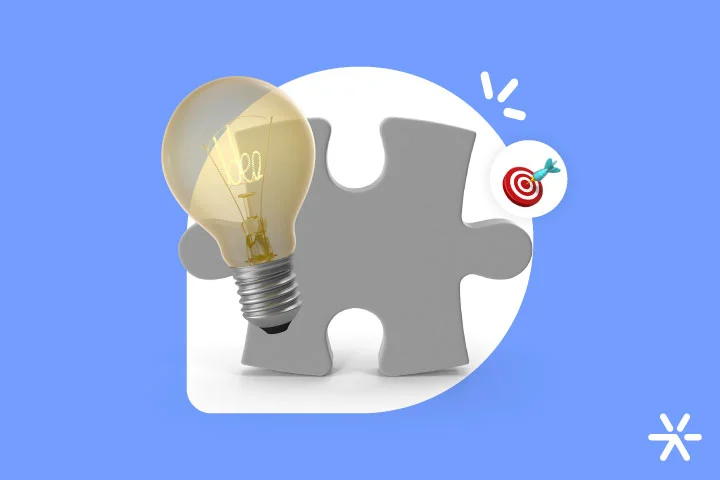
In short, a mental trigger is a piece of information that seems casually placed within an article but actually provokes an automatic reaction from a service or product user.
Our brain is programmed to make countless decisions throughout the day—all automatically.
Some examples include blinking, deciding whether to go to the bathroom, or drinking water when thirsty.
This same logic applies to mental triggers for sales, as they are designed to stimulate a purchase decision.
However, note that this tool has nothing to do with manipulation, as we will explain throughout this article.
🔎 Read also: Unique Selling Proposition: What It Is, Benefits, and How to Create One
How Do Mental Triggers Work?
The human brain constantly makes different types of choices, some requiring more attention than others.
We can categorize these decisions into two groups:
- Fast thinking: When our brain seeks shortcuts to find a solution as quickly as possible.
- Slow thinking: When the brain identifies greater difficulty in decision-making and needs more time to process the response.
Another factor that influences our decisions is a person’s level of knowledge on a subject—essentially, the more familiar they are, the less effort is required to make a decision.
According to a study by the American Association for the Advancement of Science (AAAS), a decision is made in three stages:
- The brain selects what action to take.
- The decision naturally appears in your consciousness, giving the impression that it is being made consciously.
- The action related to the choice is executed.
By understanding these stages and how our brain processes information, we can better grasp the numerous involuntary decisions it makes for us.
Since marketing heavily depends on consumer behavior, extensive research is conducted on the topic.
This allows sales teams to understand exactly how the buying process works for a specific target audience, ensuring that strategies push decision-making into the fast thinking category when customers consume content.
This is why mental triggers are developed—they are present without us even realizing it, yet our brain understands them and signals us to take action.
If you want to dive deeper into the tricks our brains play on us all the time, check out the video below:
Now, you might be wondering if strategically placing these clues for users is a form of manipulation, right?
Well, mental triggers don’t manipulate consumers; rather, they persuade them.
Here’s the difference:
- Manipulation: Making someone decide without being fully aware of whether the choice aligns with their interests—or even coercing them into making a decision against their will.
- Persuasion: Encouraging someone to recognize that the action they are taking is the best option for their goals.
🔎 Read also: How to Create a Good Client Proposal and Close More Deals – Essential Tips and Steps
Why Don’t Mental Triggers Work as Well as They Used To?
People are bombarded with information every second, especially in the digital age.
To handle this effectively, they filter what is and isn’t important at any given moment.
In sales, some tactics are more aggressive than others, which can have the opposite effect, as consumers have become more skeptical.
A clear example is the infamous “half of double” pricing trick that many businesses use during Black Friday.
Therefore, to ensure that mental triggers for sales achieve the desired outcome, it’s essential to use them ethically and strategically, as you are dealing with the emotional side of your customers.
What Are the Mental Triggers for Sales?

In 1984, Robert Cialdini, an American psychologist and researcher, published the book Influence: The Psychology of Persuasion, where he explains six principles that can be understood as mental triggers for sales:
- Liking (Affinity)
- Authority
- Commitment and Consistency
- Scarcity
- Social Proof
- Reciprocity
Almost 40 years have passed since the book’s release, yet these principles still hold strong in sales strategies.
However, in the digital era, they have been refined and expanded with new triggers, which you’ll learn about below.
Affection or Affinity Trigger
Today, people prefer buying from companies that align with their values and identity.
The affection trigger taps into this by fostering positive emotions that make customers feel happy and comfortable with their purchases.
A prime example is building a close and reciprocal relationship with your customers. The more emotionally connected they feel to you, the more likely they are to choose you over competitors who don’t align with their personal values.
Companies like Nubank and Airbnb are great examples of brands that foster affinity and emotional connection with their audiences.
Authority Trigger
People naturally gravitate toward experts and trust those who demonstrate authority in a specific subject.
To activate the authority trigger, position yourself as an expert and prove your expertise through content like videos, webinars, or courses.
However, authority must be earned, as it is closely tied to trust.
Common ways businesses leverage authority triggers include:
- Showcasing awards, certifications, and achievements.
- Establishing themselves as a thought leader through educational content.
- Borrowing credibility from public figures or influencers.
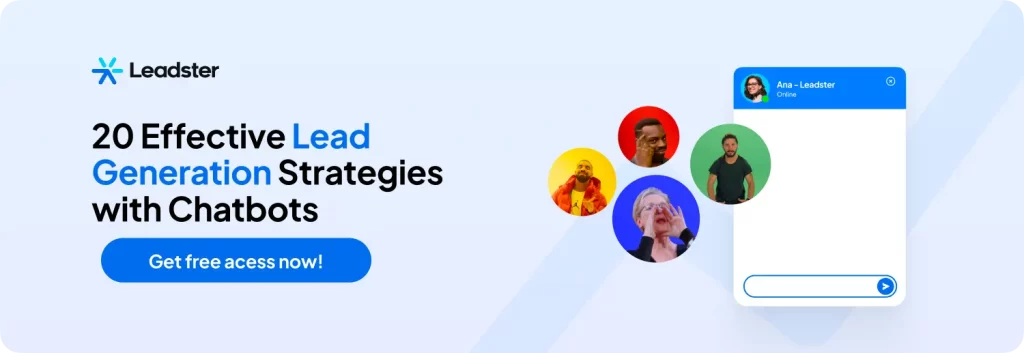
Commitment and Consistency Trigger
This principle suggests that once someone commits to an action, they are more likely to follow through to stay consistent with that choice.
For example, if a customer starts a free trial or adds an item to their cart, they are more likely to complete the purchase.
A real-world application of this trigger is remarketing—reminding users about products they considered purchasing but didn’t check out.
Scarcity Trigger
We tend to want things that are rare or in short supply.
That’s why scarcity triggers emphasize limited availability to encourage customers to act quickly.
Examples include:
- “Only a few spots left!”
- “Offer ends tomorrow!”
- “Discount for the first 5 buyers!”
This trigger is often paired with the urgency trigger, reinforcing the need to act fast.
Check out some examples below:
Here is the translated article:
Social Proof Trigger
Humans tend to make decisions based on what others do.
With the social proof trigger, you insert your consumer into a community where they will feel a sense of belonging and comfort.
To execute this effectively, invest in showcasing success stories and testimonials from customers who have already purchased from you.
This will prove how good your company is, generating greater trust among those in the decision-making phase.
Here are some examples for inspiration:
Reciprocity Trigger
Reciprocity is a fundamental feeling in human relationships because there is nothing better than knowing that what you feel for someone is mutual.
And the same applies to sales.
When a customer knows their problem will be solved—one way or another—by a particular company, they won’t hesitate to make a purchase.
Therefore, always remember to give advice and help in the best way possible (even by sending gifts) so that the person feels satisfied. In return, they will likely reward you in some way.
Providing valuable content to those who interact with your brand is also a great example of the reciprocity trigger.
Exclusivity Trigger
Who doesn’t want to have something that others don’t, right?
That’s precisely the feeling that the exclusivity trigger aims to create.
Imagine you own a company that manufactures mugs, and for a limited time, you decide to produce a special edition with only 50 units available. You can then develop a strategy to communicate this to your customers, giving them the chance to own something unique that others won’t have.
A common example of the exclusivity trigger in different market niches is subscription clubs.
By joining one, members receive exclusive products and gifts, available only to those within that group.
Urgency Trigger
Although it may seem similar to the scarcity trigger, the urgency trigger specifically activates a sense of time scarcity in the customer. In other words, if a person knows their time is running out, they will automatically associate it with the idea that the product is about to disappear.
Limited-time promotions frequently use this tactic, showing customers that they only have a day or two to complete their purchase—and what better way to highlight this than with a countdown timer next to the offer?
Here are some examples of the urgency trigger:
Specificity Trigger
The more details you provide about a product or service during the sales process, the more informed and confident the customer will be when making a purchase decision.
Therefore, invest in presenting data that supports your claims, whether in written form or visually—infographics, for example, are highly effective.
Remember: the more specific you are, the more customers will trust you!
A great example of the specificity trigger is Airbnb listings. The company encourages hosts to include as much information as possible about the accommodation, including photos, descriptions, house rules, amenities, accessibility details, and even information about the neighborhood.
These specific details provide customers with greater confidence when booking.
Novelty Trigger
When we hear about something new, it’s as if a switch flips in our brain, making us alert and curious about what’s coming next.
Whether the news is good or bad, we tend to develop expectations.
Biologically speaking, exposure to new things increases dopamine release, the neurotransmitter responsible for pleasure.
That’s why we get excited about a new smartphone model, a new car, a new clothing collection, etc.
People are more likely to buy something when they perceive it as new.
To leverage the novelty trigger, you can periodically update your product or service and invest heavily in promotion when launching something genuinely new.
A prime example is Apple’s 1984 commercial, which introduced one of the biggest technological innovations of the time—the Macintosh computer:
The automotive industry is also a leader in using the novelty trigger:
🔎 Read also: Outbound Marketing – What It Is and When This Strategy Is the Best Option
Anticipation Trigger
A little teaser, such as a trailer or preview of what’s coming, immediately grabs attention, right?
That’s the foundation of the anticipation trigger.
Closely linked to the novelty trigger, anticipation works by building up consumer expectations and creating a desirable future scenario they want to be a part of.
On a scientific level, studies indicate that projecting the future activates brain regions associated with happiness.
This happens because the future is uncertain, and by forming positive expectations, we feel safer and more comfortable.
To apply this strategy in your business, focus on “laying the groundwork,” offering content, and making announcements about what’s coming and what your audience can expect.
One great example is how Four Seasons piques interest in travel destinations—even before the consumer starts actively searching for one.
Another example is the Apple Watch reveal video, which uses mystery and anticipation in its launch campaign:
Curiosity Trigger
Curiosity is a powerful sales trigger because it stimulates the consumer’s desire to know more.
Unlike anticipation, which gives a glimpse of what’s coming, curiosity is about the gap between what we already know and what we want to discover.
The curiosity trigger creates an irresistible itch, driving people to seek more information.
This strategy is commonly used in email subject lines and blog post titles, as their main goal is to attract the user’s attention and spark curiosity, leading them to consume the content.
Common Enemy Trigger
As the saying goes, “The enemy of my enemy is my friend.”
By identifying a common enemy, you strengthen your relationship with a group of people, bringing them closer together and aligning efforts to tackle that shared enemy.
When applying this strategy in a business setting, you need to connect with your audience by addressing their pain points and urgent needs.
Take Leadster, for example: Static contact forms for lead generation. More and more companies struggle to capture qualified leads, often relying on outdated strategies that yield poor results.
By pointing out this common enemy, Leadster triggers users’ frustrations and immediately presents a solution.
Here’s an example:
Using mental triggers in sales is essential—not only to secure a sale but also to ensure that the consumer makes a confident and well-informed choice.
Let’s find out if you’re already an expert in sales mental triggers!
Across Leadster’s website and social media, you can find multiple mental triggers that help consumers decide to purchase their service.
And in our website too – especially using our own lead generation chatbot. That’s where we concentrate most of our efforts in copywriting and mental triggers.
You can try out Leadster’s chatbot today (powered by AI) for free. Apply all you learned in this article creating killer CTAs today! Just click on the banner right below.
